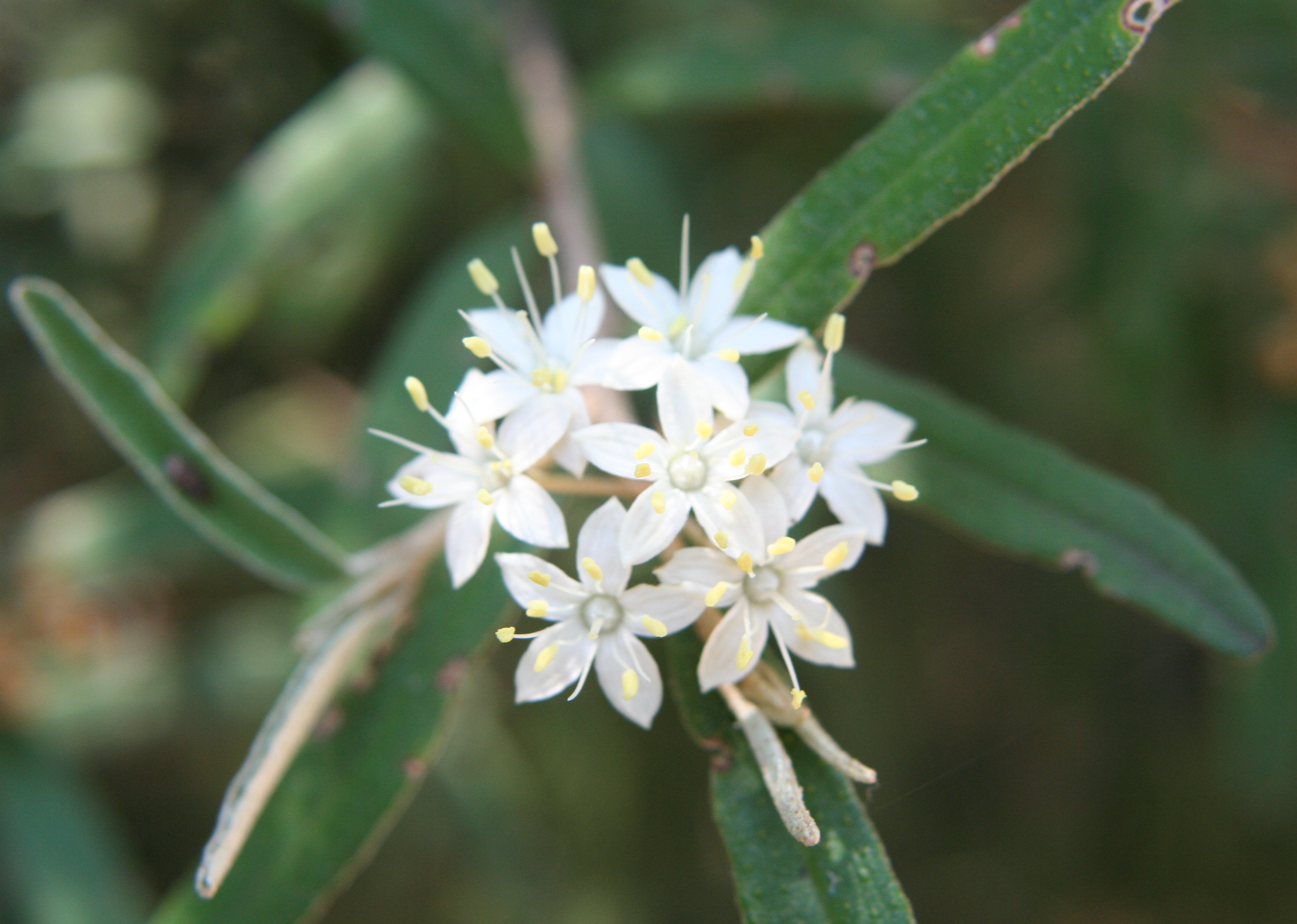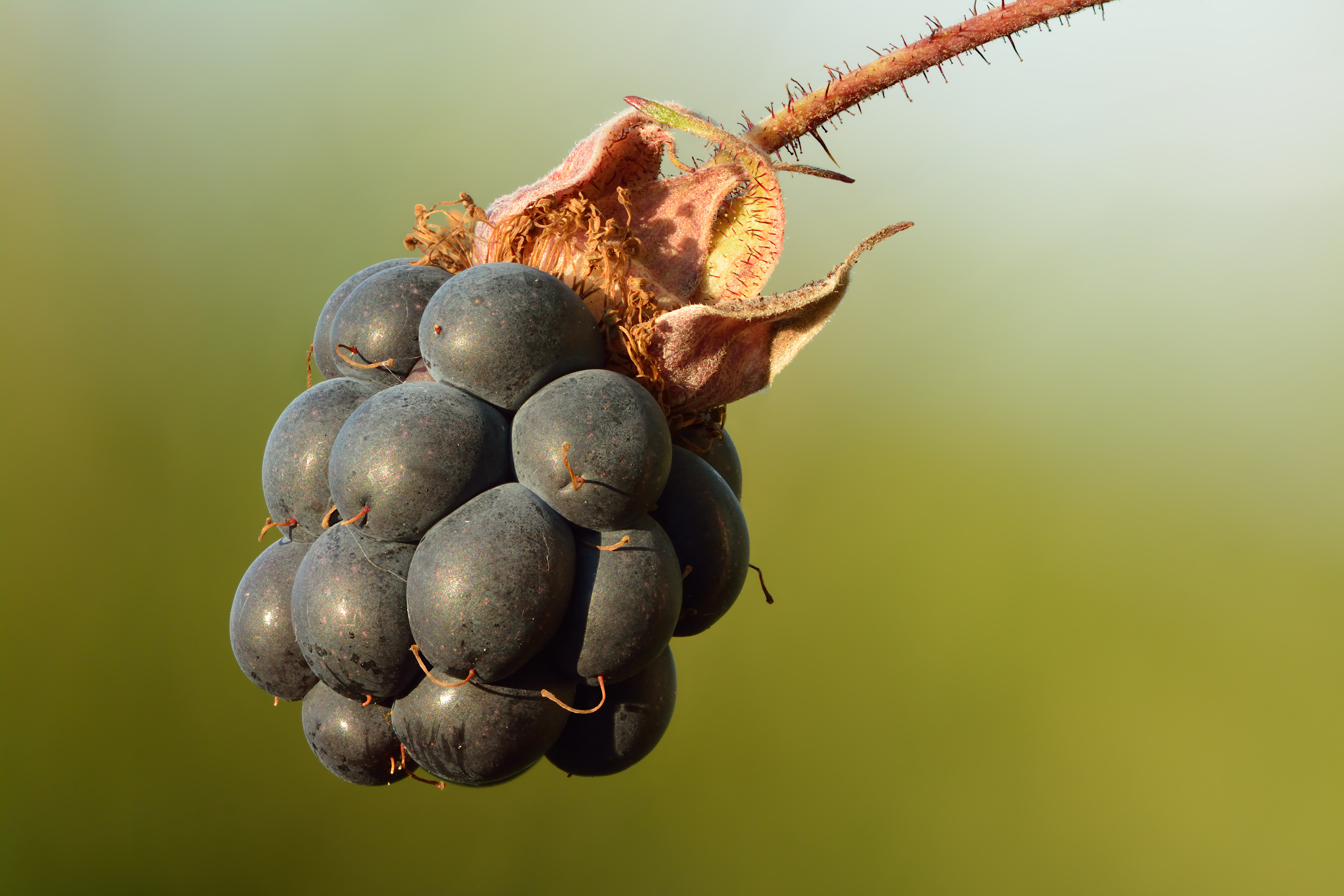|
Planotortrix Octo
''Planotortrix octo'' is a moth of the family Tortricidae. It is endemic to New Zealand, where it is found in both the North and South islands. The larvae feed on '' Ribes'', ''Chaenomeles'', '' Cotoneaster'', ''Crataegus'', ''Cydonia'', '' Eriobotrya'', ''Fragaria'', '' Kerria'', '' Malus'', ''Photinia'', '' Prunus'', '' Pyracantha'', '' Rosa'', '' Rhaphiolepis'', '' Rubus'', '' Boronia'', '' Choysia'', '' Citrus'' and ''Phebalium ''Phebalium'' is a genus of thirty species of shrubs or small trees in the family Rutaceae and is endemic to Australia. The leaves are arranged alternately, simple and often warty, the flowers arranged singly or in umbels on the ends of bran ...'' species. It is considered to be a pest species. References Archipini Moths of New Zealand Moths described in 1990 Endemic fauna of New Zealand Endemic moths of New Zealand {{Archipini-stub ... [...More Info...] [...Related Items...] OR: [Wikipedia] [Google] [Baidu] |
Moth
Moths are a paraphyletic group of insects that includes all members of the order Lepidoptera that are not butterflies, with moths making up the vast majority of the order. There are thought to be approximately 160,000 species of moth, many of which have yet to be described. Most species of moth are nocturnal, but there are also crepuscular and diurnal species. Differences between butterflies and moths While the butterflies form a monophyletic group, the moths, comprising the rest of the Lepidoptera, do not. Many attempts have been made to group the superfamilies of the Lepidoptera into natural groups, most of which fail because one of the two groups is not monophyletic: Microlepidoptera and Macrolepidoptera, Heterocera and Rhopalocera, Jugatae and Frenatae, Monotrysia and Ditrysia.Scoble, MJ 1995. The Lepidoptera: Form, function and diversity. Oxford, UK: Oxford University Press; 404 p. Although the rules for distinguishing moths from butterflies are not well est ... [...More Info...] [...Related Items...] OR: [Wikipedia] [Google] [Baidu] |
Photinia
''Photinia'' () is a genus of about 30 species of small trees and large shrubs, but the taxonomy has recently varied greatly, with the genera '' Heteromeles'', '' Stranvaesia'' and '' Aronia'' sometimes included in ''Photinia''. They are a part of the rose family (Rosaceae) and related to the apple. The botanical genus name derives from the Greek word photeinos for shiny and refers to the often glossy leaves. Most species are evergreen, but deciduous species also occur. The small apple-shaped fruit has a size of 4 to 12 mm and forms in large quantities. They ripen in the fall and often remain hanging on the bush until well into the winter. The fruits are used as food by birds, which excrete the seeds with their droppings and thereby distribute the plant. The natural range of these species is restricted to warm temperate Asia, from the Himalaya east to Japan and south to India and Thailand. They have, however, been widely cultivated throughout the world as ornamentals for t ... [...More Info...] [...Related Items...] OR: [Wikipedia] [Google] [Baidu] |
Moths Described In 1990
Moths are a paraphyletic group of insects that includes all members of the order Lepidoptera that are not butterflies, with moths making up the vast majority of the order. There are thought to be approximately 160,000 species of moth, many of which have yet to be described. Most species of moth are nocturnal, but there are also crepuscular and diurnal species. Differences between butterflies and moths While the butterflies form a monophyletic group, the moths, comprising the rest of the Lepidoptera, do not. Many attempts have been made to group the superfamilies of the Lepidoptera into natural groups, most of which fail because one of the two groups is not monophyletic: Microlepidoptera and Macrolepidoptera, Heterocera and Rhopalocera, Jugatae and Frenatae, Monotrysia and Ditrysia.Scoble, MJ 1995. The Lepidoptera: Form, function and diversity. Oxford, UK: Oxford University Press; 404 p. Although the rules for distinguishing moths from butterflies are not well esta ... [...More Info...] [...Related Items...] OR: [Wikipedia] [Google] [Baidu] |
Moths Of New Zealand
Moths are a paraphyletic group of insects that includes all members of the order Lepidoptera that are not butterflies, with moths making up the vast majority of the order. There are thought to be approximately 160,000 species of moth, many of which have yet to be described. Most species of moth are nocturnal, but there are also crepuscular and diurnal species. Differences between butterflies and moths While the butterflies form a monophyletic group, the moths, comprising the rest of the Lepidoptera, do not. Many attempts have been made to group the superfamilies of the Lepidoptera into natural groups, most of which fail because one of the two groups is not monophyletic: Microlepidoptera and Macrolepidoptera, Heterocera and Rhopalocera, Jugatae and Frenatae, Monotrysia and Ditrysia.Scoble, MJ 1995. The Lepidoptera: Form, function and diversity. Oxford, UK: Oxford University Press; 404 p. Although the rules for distinguishing moths from butterflies are not well e ... [...More Info...] [...Related Items...] OR: [Wikipedia] [Google] [Baidu] |
Archipini
The Archipini are a tribe of tortrix moths. Since many genera of these are not yet assigned to tribes, the genus list presented here is provisional. Diversity Archipini is the largest tribe in the Tortricinae subfamily, containing over 1,600 described species in about 150 genera. Distribution Archipini are found in all ecoregions, although there are only few species in the Neotropical realm. Biology Many of the economically important pests among the tortrix moths belong to this tribe, for example the Light brown apple moth and the spruce budworms. The larvae are often polyphagous. Genera *'' Abrepagoge'' *'' Acroceuthes'' *'' Acropolitis'' *''Adoxophyes'' *'' Allodemis'' *''Ancyroclepsis'' *'' Aneuxanthis'' *'' Anisotenes'' *'' Anthophrys'' *'' Antiphrastis'' *'' Aoupinieta'' *'' Aphelia'' *'' Aphthonocosma'' *'' Archepandemis'' *''Archidemis'' *''Archips'' *'' Argyrotaenia'' *'' Aristocosma'' *'' Arizelana'' *'' Ascerodes'' *'' Asteriognatha'' *'' Atelodora'' *'' Authoma ... [...More Info...] [...Related Items...] OR: [Wikipedia] [Google] [Baidu] |
Phebalium
''Phebalium'' is a genus of thirty species of shrubs or small trees in the family Rutaceae and is endemic to Australia. The leaves are arranged alternately, simple and often warty, the flowers arranged singly or in umbels on the ends of branchlets or in leaf axils, usually with five sepals, five petals and ten stamens. There are about thirty species and they are found in all Australian states but not in the Northern Territory. Description Plants in the genus ''Phebalium'' are shrubs or small trees that are often more or less covered with scales or shield-shaped or star-shaped hairs, at least when young. The leaves are arranged alternately along the stems, and are simple, sometimes with toothed edges. The flowers are bisexual and have five sepals, five petals and ten stamens. The sepals are fused at the base, usually with five lobes, and the stamens are free from each other. There are five carpels with the styles fused and the stigma is similar to the rest of the style. The ... [...More Info...] [...Related Items...] OR: [Wikipedia] [Google] [Baidu] |
Citrus
''Citrus'' is a genus of flowering trees and shrubs in the rue family, Rutaceae. Plants in the genus produce citrus fruits, including important crops such as oranges, lemons, grapefruits, pomelos, and limes. The genus ''Citrus'' is native to South Asia, East Asia, Southeast Asia, Melanesia, and Australia. Various citrus species have been used and domesticated by indigenous cultures in these areas since ancient times. From there its cultivation spread into Micronesia and Polynesia by the Austronesian expansion (c. 3000–1500 BCE); and to the Middle East and the Mediterranean (c. 1200 BCE) via the incense trade route, and onwards to Europe and the Americas. History Citrus plants are native to subtropical and tropical regions of Asia, Island Southeast Asia, Near Oceania, and northeastern Australia. Domestication of citrus species involved much hybridization and introgression, leaving much uncertainty about when and where domestication first happened. A genomic, phyl ... [...More Info...] [...Related Items...] OR: [Wikipedia] [Google] [Baidu] |
Boronia
''Boronia'' is a genus of about 160 species of flowering plants in the citrus family Rutaceae. Most are endemic to Australia with a few species in New Caledonia, which were previously placed in the genus ''Boronella''. They occur in all Australian states but the genus is under review and a number of species are yet to be described or have the description published. Boronias are similar to familiar plants in the genera ''Zieria'', '' Eriostemon'' and ''Correa'' but can be distinguished from them by the number of petals or stamens. Some species have a distinctive fragrance and are popular garden plants. Description Plants in the genus ''Boronia'' are nearly always shrubs although a very small number occur as herbs or as small trees. The leaves are usually arranged in opposite pairs and may be simple leaves or compound leaves with up to nineteen or more leaflets, in either a pinnate or bipinnate arrangement. The flowers are arranged in groups in the leaf axils or on the end ... [...More Info...] [...Related Items...] OR: [Wikipedia] [Google] [Baidu] |
Rubus
''Rubus'' is a large and diverse genus of flowering plants in the rose family, Rosaceae, subfamily Rosoideae, with over 1,350 species. Raspberries, blackberries, and dewberries are common, widely distributed members of the genus. Most of these plants have woody stems with prickles like roses; spines, bristles, and gland-tipped hairs are also common in the genus. The ''Rubus'' fruit, sometimes called a bramble fruit, is an aggregate of drupelets. The term "cane fruit" or "cane berry" applies to any ''Rubus'' species or hybrid which is commonly grown with supports such as wires or canes, including raspberries, blackberries, and hybrids such as loganberry, boysenberry, marionberry and tayberry. The stems of such plants are also referred to as canes. Description Most species in the genus are hermaphrodites, '' Rubus chamaemorus'' being an exception. ''Rubus'' species have a basic chromosome number of seven. Polyploidy from the diploid (14 chromosomes) to the tetrade ... [...More Info...] [...Related Items...] OR: [Wikipedia] [Google] [Baidu] |
Rhaphiolepis
''Rhaphiolepis'' ( or ;The first pronunciation is that expected for Anglo-Latin; the second is common in nurseries. ''Sunset Western Garden Book,'' 1995:606–607. However, William T. Stearn in his book ''Botanical Latin'' says "Botanical Latin is essentially a written language, but the scientific names of plants often occur in speech. How they are pronounced really matters little provided they sound pleasant and are understood...") is a genus of about fifteen species of evergreen shrubs and small trees in the family Rosaceae, native to warm temperate and subtropical East Asia and Southeast Asia, from southern Japan, southern Korea and southern China, south to Thailand and Vietnam. In searching literature it is well to remember that the name commonly is misspelt "Raphiolepsis". The genus is closely related to '' Eriobotrya'' (loquats), so closely in fact, that members of the two genera have hybridised with each other; for example the "Coppertone loquat" is a hybrid of ''Eriob ... [...More Info...] [...Related Items...] OR: [Wikipedia] [Google] [Baidu] |
Rose
A rose is either a woody perennial flowering plant of the genus ''Rosa'' (), in the family Rosaceae (), or the flower it bears. There are over three hundred species and tens of thousands of cultivars. They form a group of plants that can be erect shrubs, climbing, or trailing, with stems that are often armed with sharp prickles. Their flowers vary in size and shape and are usually large and showy, in colours ranging from white through yellows and reds. Most species are native to Asia, with smaller numbers native to Europe, North America, and northwestern Africa. Species, cultivars and hybrids are all widely grown for their beauty and often are fragrant. Roses have acquired cultural significance in many societies. Rose plants range in size from compact, miniature roses, to climbers that can reach seven meters in height. Different species hybridize easily, and this has been used in the development of the wide range of garden roses. Etymology The name ''rose'' comes from ... [...More Info...] [...Related Items...] OR: [Wikipedia] [Google] [Baidu] |







.jpg)
